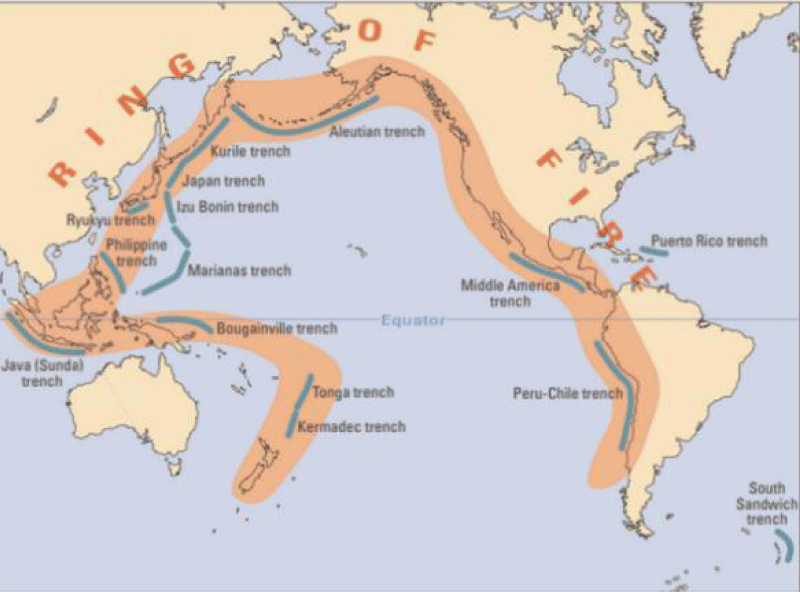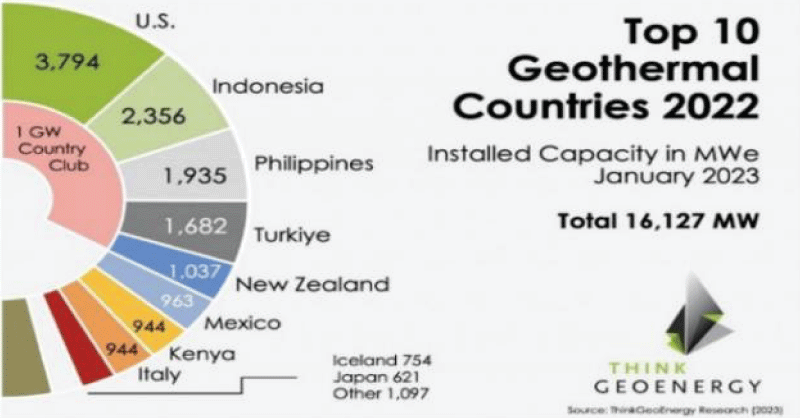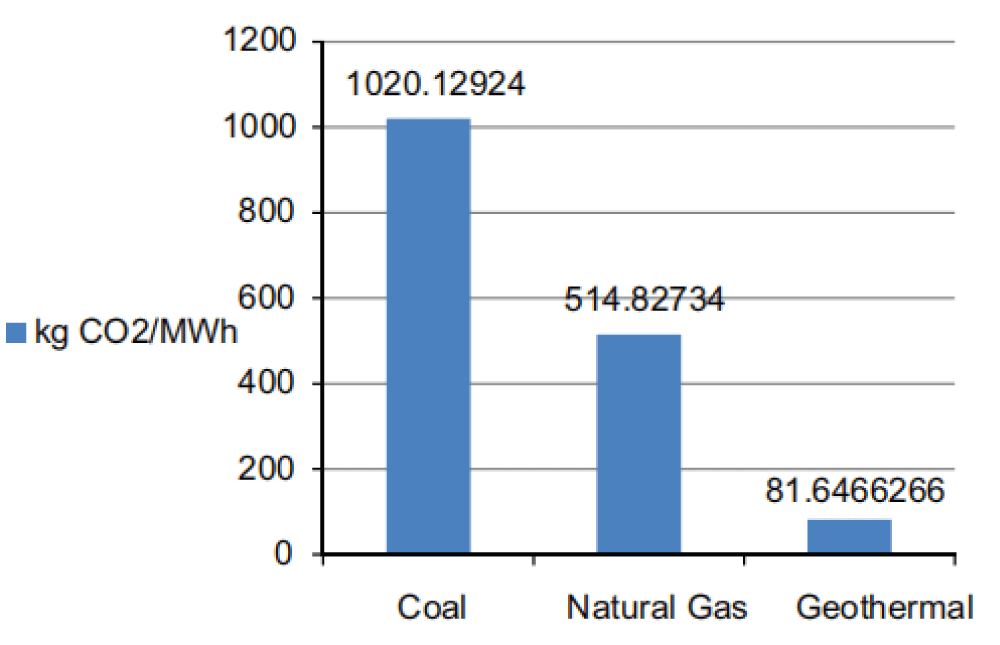Challenge and Readiness to Implemented Geothermal Energy in Indonesia
The Challenges and Opportunities for Geothermal Energy in Indonesia
Indonesia, the world’s second-largest producer of geothermal energy, sits at the heart of the Pacific Ring of Fire. This geographic blessing gives it access to immense geothermal resources. Yet, the nation has only tapped into 5% of its geothermal potential, leaving significant room for growth. This blog explores the challenges, readiness, and future of geothermal energy in Indonesia, as outlined in the research article “Challenge and Readiness to Implement Geothermal Energy in Indonesia” and its accompanying DOI reference.
Geothermal Energy: A Renewable Lifeline
Geothermal energy, derived from the Earth’s heat, is a clean and sustainable alternative to fossil fuels. The geothermal reservoirs located beneath Indonesia’s 117 active volcanoes provide a high-temperature resource base. Harnessing this energy involves drilling into reservoirs to produce steam that powers turbines, generating electricity with significantly lower carbon emissions than coal or natural gas.
Advantages of Geothermal Energy
- Environmentally Friendly: Low greenhouse gas emissions and no hazardous waste.
- Reliable and Constant: Unlike solar or wind, geothermal energy is unaffected by weather conditions.
- Efficient Land Use: Requires smaller footprints compared to other energy sources.
- Economic Benefits: Can generate electricity and provide hot water for households and industries.
Image: A geothermal power plant harnessing energy from underground reservoirs.
The Untapped Potential of Indonesia
Indonesia’s geothermal energy potential is estimated at 28,617 MW, but only 1,343 MW have been utilized. With a rising demand for electricity—projected to grow by 1.6% annually until 2030—geothermal energy represents an unparalleled opportunity to diversify the country’s energy mix.
Key Statistics:
- Global Rank: Indonesia is the second-largest geothermal producer, contributing 11% of the global total.
- Geothermal Potential: 28,617 MW.
- Current Utilization: 5% of its potential.
- Carbon Emission Reduction: Produces only 81.6 kg of CO₂ per MWh, compared to coal’s 514 kg.
Image: Comparative chart of geothermal energy production and potential.
Challenges in Implementing Geothermal Energy
While the benefits of geothermal energy are undeniable, several hurdles must be addressed for its successful implementation:
- High Initial Costs
Geothermal energy projects demand significant upfront investment for exploration, drilling, and plant construction. Exploration alone accounts for 24% of the total cost. - Long Development Timeline
Developing a geothermal plant can take 7–10 years, delaying returns on investment. - Geographic Limitations
Geothermal resources are often located far from urban and industrial centers, increasing infrastructure costs. - Regulatory Hurdles
Many geothermal sites are located in conservation areas, necessitating careful navigation of environmental regulations. - Technological Barriers
Advanced drilling and reservoir simulation technologies are required to maximize efficiency and minimize risks.
Technological Innovations for Geothermal Energy
Various technologies are being explored and implemented to harness geothermal energy efficiently:
- Dry Steam Plants
Utilize hydrothermal steam directly to drive turbines, producing electricity efficiently. - Flash Steam Plants
Extract hot water from reservoirs, converting it into steam to generate electricity. - Binary Cycle Plants
Use secondary fluids with lower boiling points to extract heat, making them suitable for lower-temperature reservoirs.
The binary cycle system, while costly, offers a closed-loop process that minimizes environmental impact and enhances efficiency.
Case Studies in Indonesia
Muara Laboh Geothermal Project
Located in Sumatra, this project demonstrates the potential for large-scale geothermal implementation. Producing 220 MW annually, it is a testament to the feasibility of geothermal energy as a major power source.
PGE Garut
In West Java, Pertamina Geothermal Energy (PGE) uses innovative strategies to ensure long-term sustainability. The project includes six active wells capable of sustaining operations for 40 years and a roadmap for future binary system adoption.
Roadmap for the Future
For Indonesia to fully realize its geothermal potential, a clear and comprehensive roadmap is essential. Strategic steps include:
- Increased Investment: Encouraging private sector participation to finance exploration and infrastructure.
- Technology Transfer: Adopting best practices from global leaders in geothermal energy.
- Policy Support: Streamlining regulations to facilitate faster project approvals.
- Public Awareness: Educating communities about the benefits of geothermal energy to gain public support.
Conclusion
Geothermal energy is a sustainable and viable solution to Indonesia’s growing energy demands. Despite the challenges, its untapped potential, environmental benefits, and economic viability make it a cornerstone of the nation’s renewable energy future. By addressing existing barriers and implementing strategic plans, Indonesia can lead the world in geothermal energy innovation.
Tags
- Geothermal Energy
- Renewable Energy
- Sustainable Development
- Indonesia Energy Potential
- Green Energy Solutions
- Pacific Ring of Fire
- Environmental Sustainability
- Alternative Energy Sources

Table 1: The potential of renewable energy in Indonesia.

Figure 1: Countries located in the ring of fire

Figure 2: List of 10 Countries Producing Geothermal Energy

Figure 3: Co2 gas comparison to energy source
